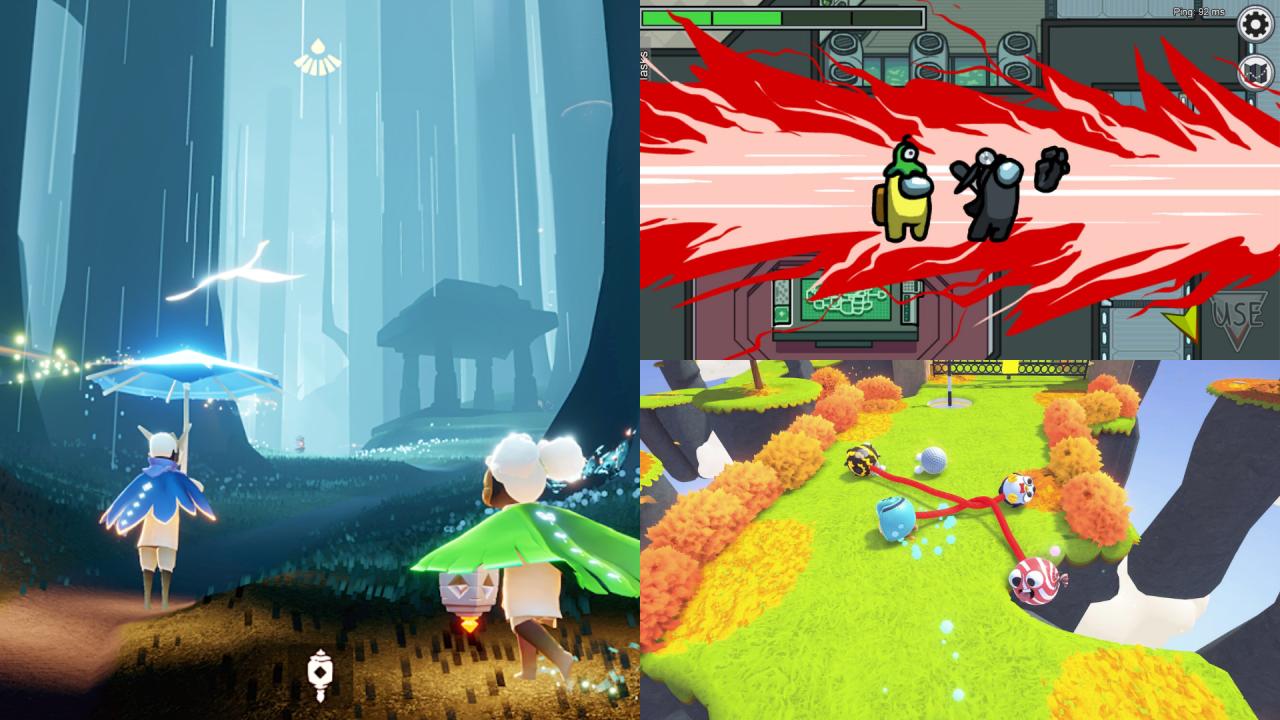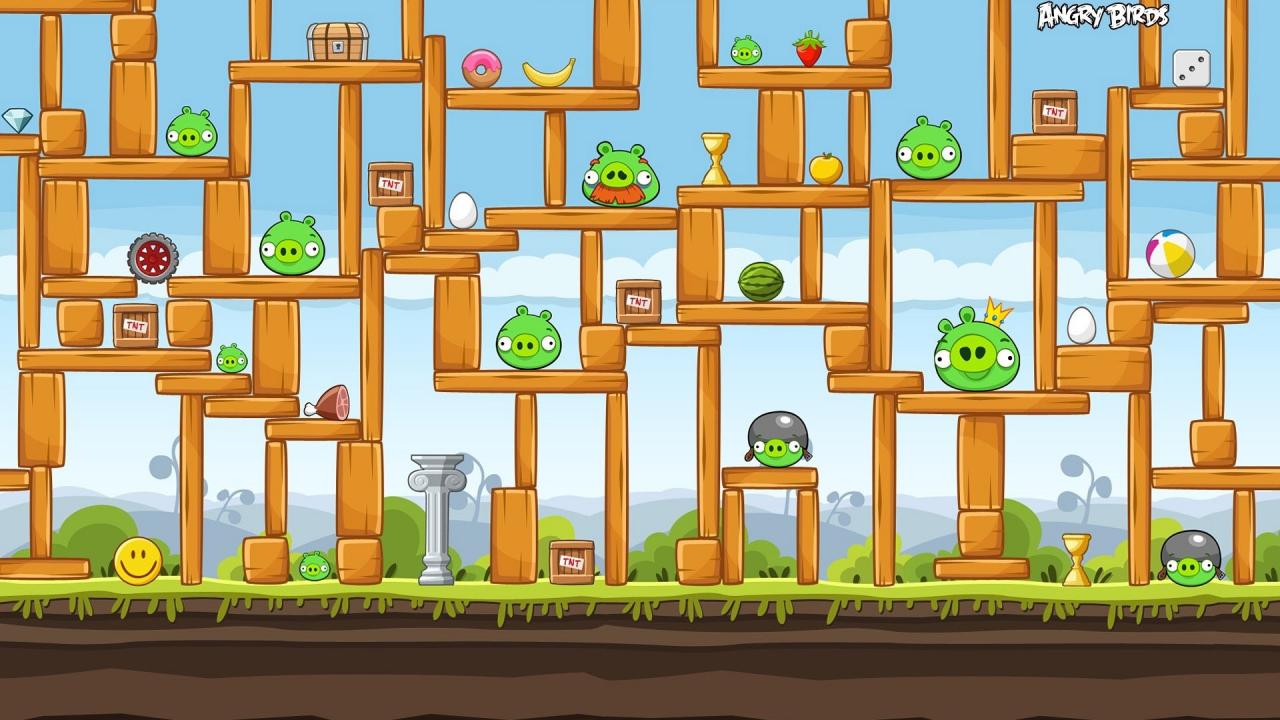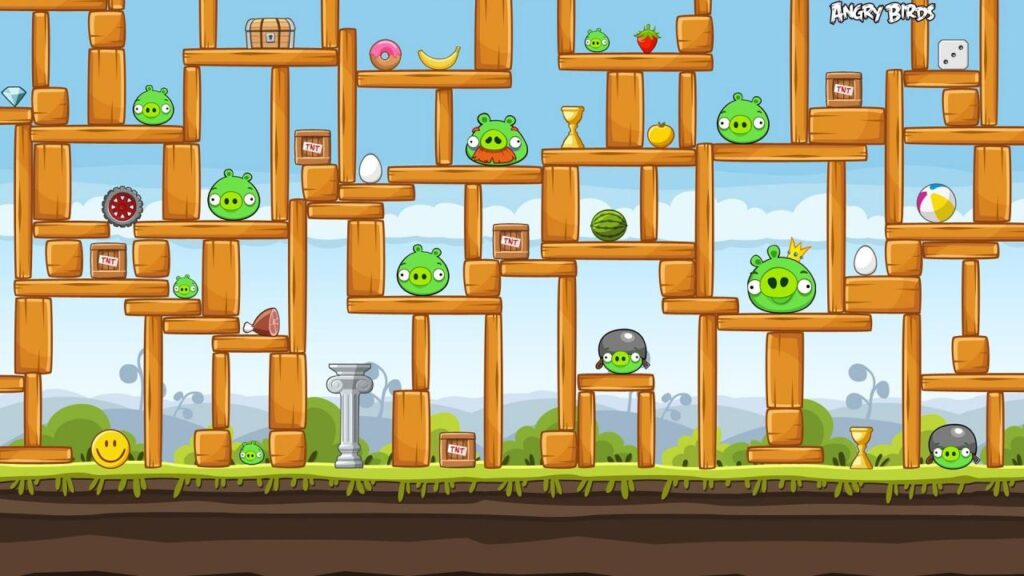Free games have taken the gaming world by storm, drawing players in with their accessibility and diverse offerings. From adrenaline-pumping mobile apps to immersive PC and console titles, the variety of free games available caters to every type of gamer. Popular titles like Fortnite and Among Us not only showcase engaging gameplay but also offer exciting features that keep players coming back for more.
These games have become a staple in the gaming community, providing an entry point for new players and a vast playground for veterans. With the rise of free-to-play models, it’s essential to explore how these games are crafted to attract and retain audiences while maintaining a balance between enjoyment and monetization.
Introduction to Free Games
Free games have revolutionized the gaming landscape, making entertainment accessible to a broader audience. The allure of these games lies in their zero cost, allowing players to dive into immersive worlds without any financial commitment. This concept not only attracts casual gamers but also fosters communities and competitive environments, further enhancing the gaming experience.
There are various types of free games available across different platforms, each catering to unique preferences. From mobile apps to PC and console titles, free games encompass a wide range of genres, including action, strategy, role-playing, and puzzles. The rise of free games is largely attributed to the freemium model, where basic gameplay is free, but players can opt to purchase in-game items or enhancements.
Types of Free Games
Understanding the different platforms and formats of free games is essential for players seeking the best experience. This variety ensures that there is something for everyone, regardless of the device they prefer.
- Mobile Games: Often characterized by their quick gameplay and accessibility, mobile games like “Among Us” and “Candy Crush Saga” have become cultural phenomena. These titles are designed for on-the-go gaming and frequently utilize touch controls for ease of use.
- PC Games: The PC gaming landscape features titles such as “Fortnite” and “League of Legends,” which offer complex graphics and gameplay mechanics. These games often have thriving esports scenes, attracting competitive players and fans alike.
- Console Games: Consoles like PlayStation and Xbox host free-to-play games such as “Apex Legends” and “Call of Duty: Warzone.” These games leverage powerful hardware capabilities to deliver high-quality graphics and immersive experiences.
The diversity in free games not only provides entertainment but also caters to different player preferences and gaming styles.
Popular Free Games and Their Features
Numerous free games stand out in the gaming community due to their engaging gameplay and innovative features. Players can explore a vast array of options, each with unique elements that enhance enjoyment.
- Fortnite: This battle royale game combines building mechanics with competitive gameplay, attracting a massive player base. Its seasonal updates and crossover events with popular franchises keep the content fresh and engaging.
- Call of Duty: Warzone: Warzone offers intense tactical gameplay and a variety of modes, including Battle Royale and Plunder. The game is known for its realistic mechanics and strategic depth, appealing to fans of competitive shooters.
- League of Legends: A leading title in the MOBA genre, League of Legends features a rich lore and diverse roster of champions. The game’s strategic depth and emphasis on teamwork have solidified its place in the esports scene.
Each of these examples showcases distinct gameplay elements, community engagement, and ongoing development that keep players returning for more. The evolution of free games highlights their significance in the gaming industry, reflecting a shift towards accessibility and player engagement.
Monetization Models in Free Games
Free games have revolutionized the gaming industry by providing players access to entertaining experiences without any upfront cost. However, the sustainability of such games relies heavily on effective monetization strategies. Understanding these models is crucial for developers aiming to maximize revenue while maintaining a positive user experience.
Monetization in free games primarily revolves around two key strategies: ad-supported models and freemium models. Each approach has its unique mechanisms and implications for both developers and players, offering various avenues to generate income while engaging users.
Ad-Supported Monetization
In ad-supported monetization, games generate revenue by displaying advertisements to players. This model is widely used due to its straightforward implementation and the ability to keep games free for users. Developers partner with ad networks to serve ads that can take various forms, such as banner ads, interstitial ads, and rewarded video ads.
The advantages of ad-supported monetization include:
- No upfront cost for users: Players can enjoy the game without any financial commitment.
- Broad reach: A larger audience can be attracted, as the game remains accessible to all.
- Consistent revenue stream: Developers can earn ongoing income as long as users engage with the ads.
However, there are also notable drawbacks:
- User experience impacts: Frequent ads can disrupt gameplay, leading to frustration and potential player attrition.
- Lower earnings per user: Revenue is often dependent on the volume of users rather than individual spending.
Freemium Monetization
The freemium model allows players to access the base game for free, while offering premium content or features for purchase. This model often includes in-app purchases such as cosmetic items, character upgrades, or additional levels, creating a compelling incentive for players to spend.
The pros of the freemium model include:
- Higher revenue potential: Players can spend significantly on in-game items, leading to increased earnings for developers.
- Enhanced player engagement: Players invested in their game progression are more likely to remain engaged over time.
The cons of this approach involve:
- Pay-to-win concerns: Players may feel disadvantaged if they do not spend money, leading to negative perceptions of the game.
- Fragmented player base: The divide between paying and non-paying players can create an imbalance in the gaming community.
Comparison of Monetization Models
Understanding the differences between these models can help developers choose the right strategy based on their target audience and game type. Below is a comparative table highlighting key aspects of ad-supported and freemium models, along with examples of successful games utilizing each strategy.
| Monetization Model | Pros | Cons | Example Games |
|---|---|---|---|
| Ad-Supported | No upfront cost; broad reach; consistent revenue stream | User experience impacts; lower earnings per user | Angry Birds 2, Clash Royale |
| Freemium | Higher revenue potential; enhanced player engagement | Pay-to-win concerns; fragmented player base | Fortnite, Candy Crush Saga |
In conclusion, the choice of monetization model is pivotal in the success of free games. Each strategy presents distinct opportunities and challenges that developers must navigate in order to create sustainable and engaging gaming experiences.
Community and Social Aspects of Free Games

The community surrounding free games plays a pivotal role in shaping player experiences and fostering engagement. These games often rely on strong player communities to enhance their longevity and popularity, creating spaces where gamers can connect, collaborate, and share their experiences.
Community engagement in free games often manifests through various methods that allow players to interact and collaborate with one another. These interactions not only contribute to a vibrant gaming experience but also build a sense of belonging among players. Many free games incorporate features that facilitate teamwork, competition, and social interaction, which can enhance gameplay and satisfaction.
Player Interaction and Collaboration Methods
Players can engage with each other in numerous ways within free games, fostering a collaborative environment that enhances the overall experience. The following methods are commonly utilized in various gaming environments:
– In-game chat systems: Most free games provide integrated chat systems, enabling players to communicate in real-time, strategize, and form alliances.
– Guilds and clans: Many free games encourage players to form or join guilds or clans, allowing them to collaborate on quests, compete in events, and share resources.
– Multiplayer modes: Free games frequently offer multiplayer modes, providing opportunities for players to team up or compete against each other, further enhancing social interaction.
– Social media integration: Many free games allow players to share achievements and gameplay highlights directly to social media platforms, fostering a sense of community outside the game.
– Streaming and content creation: Players often engage with each other by sharing gameplay via streams or videos, creating a community of content creators who inspire and entertain.
The thriving ecosystems of free game communities are supported by various platforms where players can gather, share information, and discuss their favorite games. Here are some popular forums and platforms that host vibrant free game communities:
– Reddit: Various subreddits dedicated to specific free games allow players to discuss strategies, share tips, and seek advice.
– Discord: Many free games have dedicated Discord servers where players can chat, share experiences, and participate in community events.
– Game-specific forums: Most popular free games have their own dedicated forums where players can discuss updates, share fan art, and engage in discussions.
– Steam Community: Players on Steam can interact through community hubs, sharing guides, screenshots, and engaging in discussions about their favorite free titles.
– Twitch: Live streaming platforms like Twitch allow players to connect with others by watching their favorite gamers play free games, fostering an interactive community.
“The community is the lifeblood of free games, driving engagement and creating lasting connections among players.”
Epilogue

In conclusion, free games represent a dynamic intersection of creativity, community, and commerce. As we’ve seen, the various monetization models shape the gaming experience, offering both benefits and challenges. The thriving online communities surrounding these games not only enhance social interaction but also foster collaboration. Ultimately, free games have transformed how we play, connect, and share experiences in the gaming universe.


